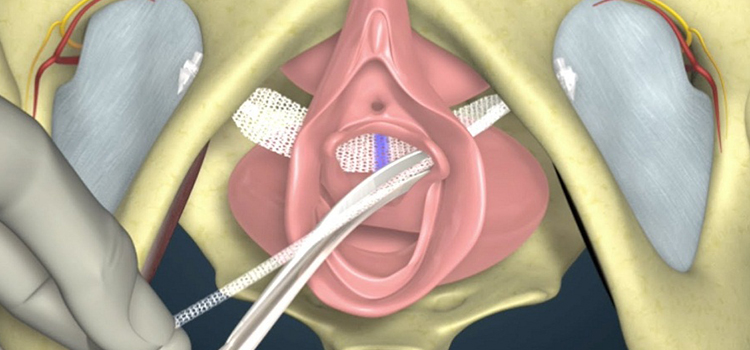Sling Surgery

Urinary incontinence is the accidental leakage of urine.
Urinary incontinence can be caused by various factors, including pregnancy and childbirth, menopause, obesity, certain medications, and certain medical conditions such as diabetes and nerve damage.
There are several types of urinary incontinence, including:
- Stress incontinence: leakage of urine that occurs during physical activity, such as coughing, sneezing, or laughing.
- Urge incontinence: leakage of urine that is accompanied by a strong, sudden need to urinate.
- Overflow incontinence: leakage of urine due to a bladder that doesn't empty completely.
- Functional incontinence: leakage of urine due to a physical or cognitive impairment that makes it difficult to get to the toilet in time.
- Mixed incontinence: a combination of stress and urge incontinence.
Treatment options for urinary incontinence vary depending on the type and severity of the condition, and can include pelvic muscle exercises, medications, bladder training, and in some cases, surgery such as sling surgery. In some cases, a combination of treatments may be recommended.
Sling surgery
Sling surgery, also known as a bladder sling procedure, is a surgical procedure used to treat urinary incontinence in women. The procedure involves the placement of a sling, typically made of synthetic mesh, under the urethra to support it and prevent leakage. The sling is typically placed through small incisions in the abdomen or vaginal area.
There are various types of sling surgery, such as:
- Transvaginal sling surgery: The sling is inserted through an incision in the vagina, and the mesh is wrapped around the urethra.
- Transobturator sling surgery: The sling is passed through small incisions in the groin and then positioned under the urethra.
- Retropubic sling surgery: The sling is inserted through an incision in the abdomen, and the mesh is wrapped around the urethra.
- Recovery time for sling surgery varies depending on the type of surgery and the individual patient. It usually takes about 4-6 weeks for the patient to recover and return to normal activities.
